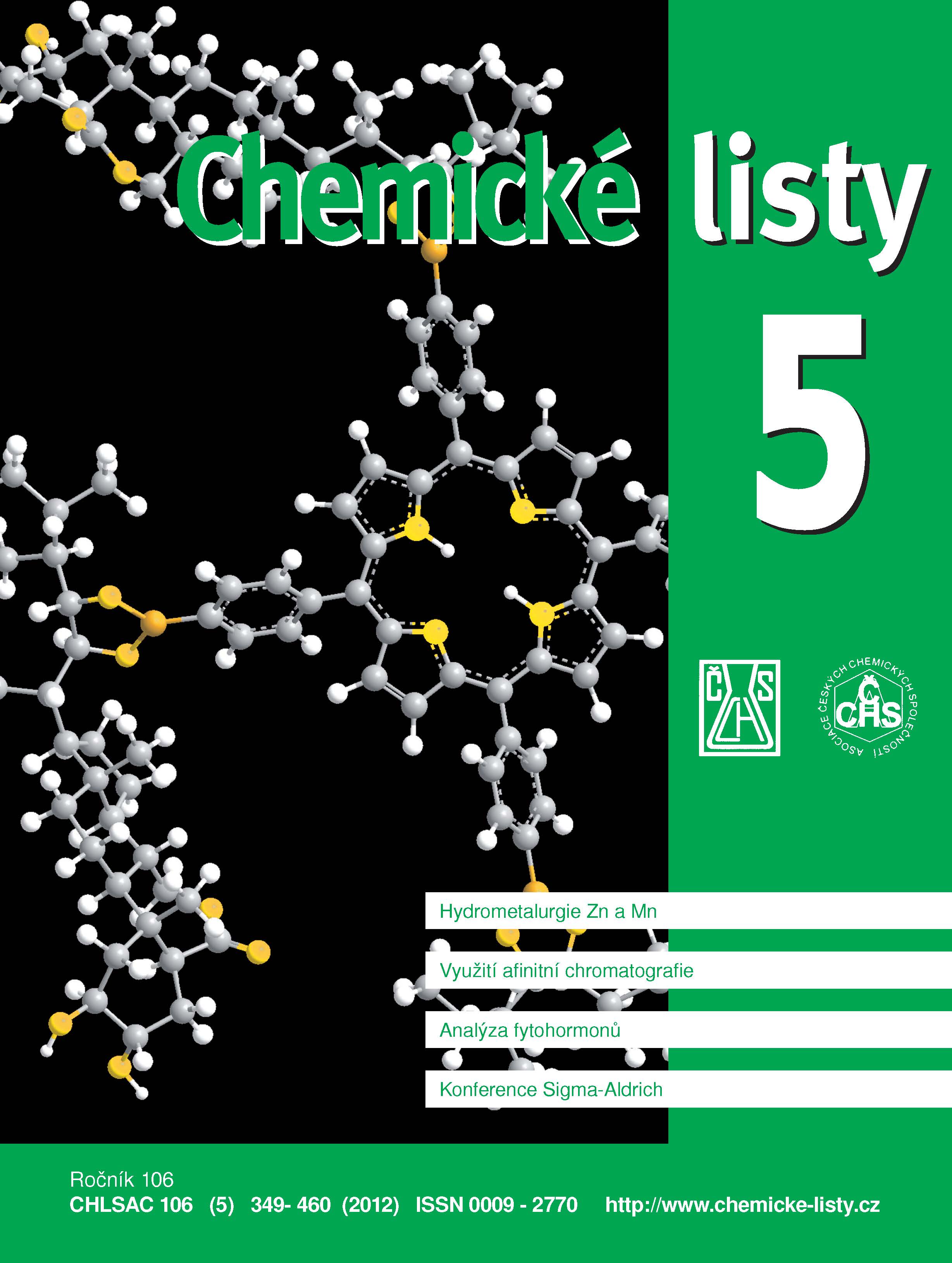Cell Proliferation on a Conducting Polymer, Polyaniline
Keywords:
polyaniline, proliferation, human liver cellsAbstract
Polyaniline (PANI) belongs to a group of conducting polymers that show numerous properties useful in biomedical applications. Although PANI has long been studied in terms of interaction with human tissue, the published studies are mostly focused on composites of polyaniline with other polymers, not allowing for generalization of the obtained results. The present study is focused on the adhesion of human liver cells to a conducting and non-conducting polyaniline films. The ability of human liver cells to attach to both types of the tested surfaces was confirmed. Cell proliferation on the PANI surfaces was monitored in relation to material biocompatibility and to its practical applications. The results showed statistically significant differences in cell proliferation depending on the type of PANI film. The study thus points out the need to test materials in their neat forms, which allow for better generalization of the test results leading to their broader applications.





